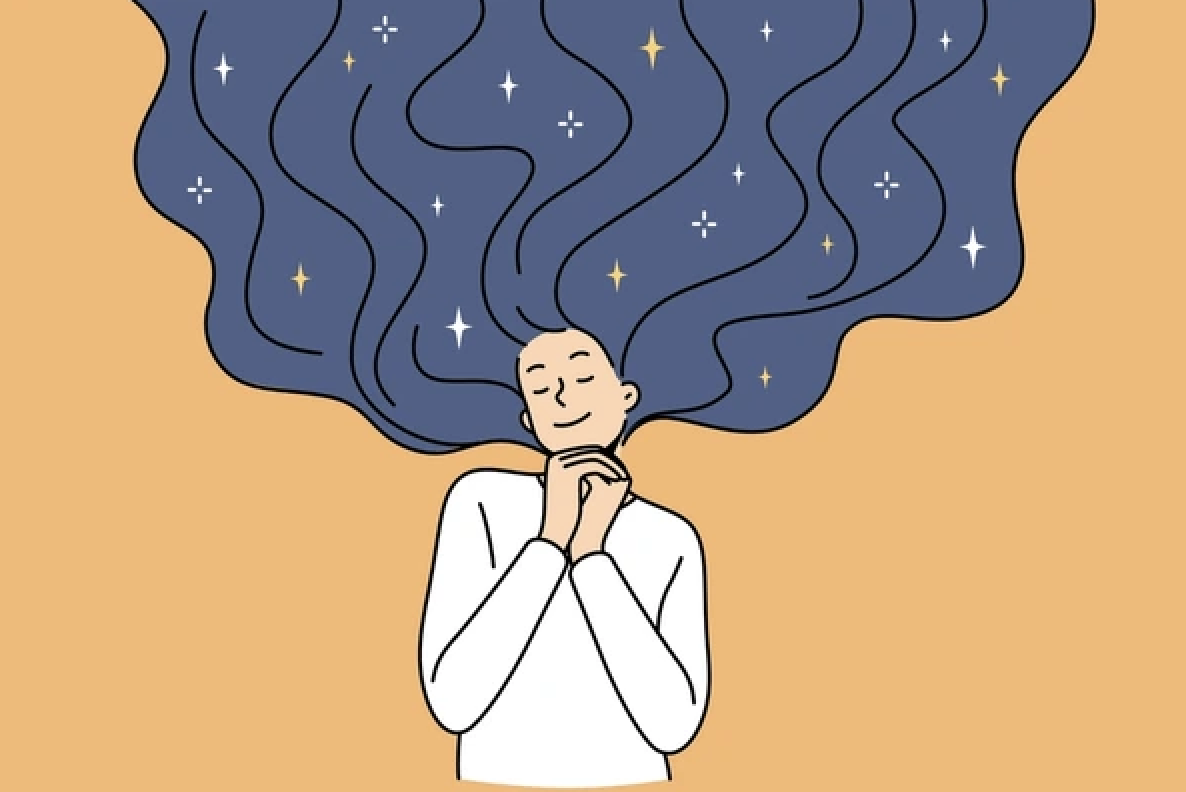Maladaptive Daydreaming Disorder: Dreams Become Reality
What is Maladaptive Daydreaming
A relatively newly researched unofficial condition, maladaptive daydreaming, is a disorder in which a person may contain themselves in their mind for hours on end effectively damaging their external environment as they may neglect daily tasks, work, and even relationships. These daydreams are often complex and vivid which may bring about strong emotions, actively raising great stress for those experiencing it. They are often triggered in order to cope or adapt to problems, however, these spells of dwelling in the mind are unhealthy and can be problematic.
The term was coined in 2002 by Eli Somer, PhD, a clinical psychologist in Israel. Therefore, not much has been researched or studied regarding the disorder itself. Associations thereof have been discovered as those with those with
Obsessive-compulsive Disorder (OCD)
Anxiety disorders
Some types of depression
Dissociative disorders
Attention Deficit hyperactivity disorder (ADHD)
The disorder, maladaptive daydreaming, itself has not been officially declared as one.
Causes of Maladaptive Daydreaming
Since not much is known about maladaptive daydreaming, the causes remain unknown. However, strong associations have been made which were aforementioned. The condition is also commonly seen in teens and young adults who experience trauma or abuse in childhood.
Thus, it is strongly speculated that maladaptive daydreaming is used as a coping mechanism to escape from the cusp of reality. Some other potential reasons for this phenomenon is that some individuals may simply have an intricate and complex mind that has that innate ability to drift into fantastical worlds for hours on end.
Symptoms of Maladaptive Daydreaming
There are two categories of symptoms: daydream behaviors and how it affects the person.
Symptoms within daydream behaviors may include:
Intense and vivid daydreams
Complex plots similar to TV shows and movies with elaborate characters and setting
Daydreams that last for hours on end
Disconnection from reality
Accompanied with repetitive movements such as pacing
Symptoms affecting the person may include:
Avoiding social events, interactions, or activities
Struggle to complete tasks, do work, or keep up with relationships
Feelings of shame and guilt, often amplified when they realize the daydreams may be interfering into other parts of their life
Compulsiveness to daydream where it feels like a necessity and is comparable to an addiction
Attempts to stop or decrease the number of times
Treatments
There is no absolute treatment to cure maladaptive daydreams, however, if it is affecting one’s life to an extent to it being an addiction or making life difficult then you should speak to your doctor and seek an individualized route of treatment. Since maladaptive daydreaming is so personal and is relatively new, not much is known. Nonetheless, it is important to seek the care you need and using what is known of pre-existing conditions it is possible to find ways to remedy these daydreams.
Examples of treatment may be in the form of psychotherapy like cognitive behavioral therapy (CBT), antidepressants, anti-anxiety, or antipsychotic medications.
There are other ways to take initiative to help with the disorder which is by taking care of your mental and physical health which may be in the form of:
Better sleep quality
Less stress
Healthy diet
Exercise
Sunlight exposure
Breathing exercises
Therapy
Help from friends and family
Written By: Sunny Han
Sources
Cleveland Clinic. (2022, June 1). Maladaptive Daydreaming: What It Is, Symptoms & Treatment. Cleveland Clinic. https://my.clevelandclinic.org/health/diseases/23336-maladaptive-daydreaming
PA-C, J. F., MMSc. (2024, January 9). Maladaptive daydreaming: What it is and how to stop it. Harvard Health. https://www.health.harvard.edu/mind-and-mood/maladaptive-daydreaming-what-it-is-and-how-to-stop-it
Poerio, G. (2023, January 9). When too much daydreaming becomes a disorder. CNN. https://www.cnn.com/2023/01/09/health/maladaptive-daydreaming-disorder-wellness-partner/index.html
Soffer-Dudek, N., & Somer, E. (2018). Trapped in a Daydream: Daily Elevations in Maladaptive Daydreaming Are Associated with Daily Psychopathological Symptoms. Frontiers in Psychiatry, 9(194). https://doi.org/10.3389/fpsyt.2018.00194

